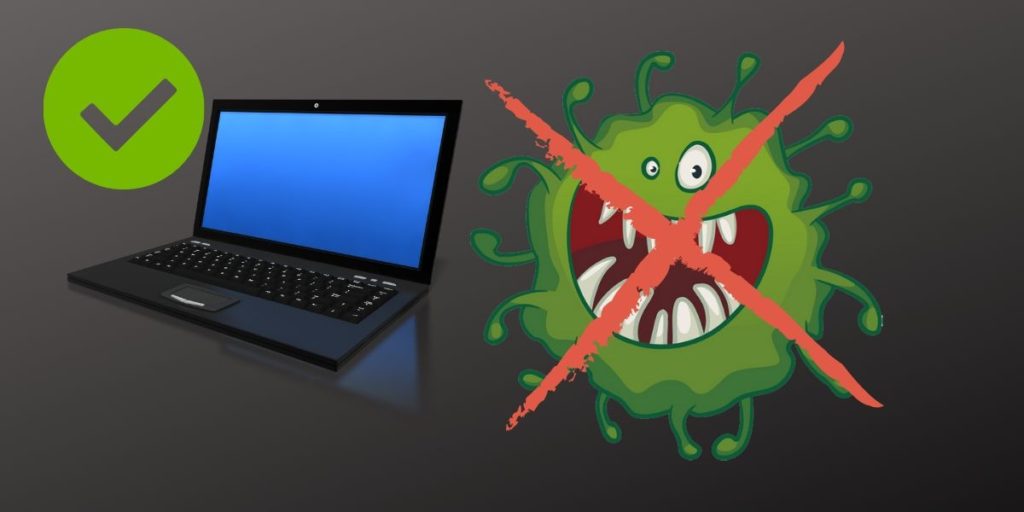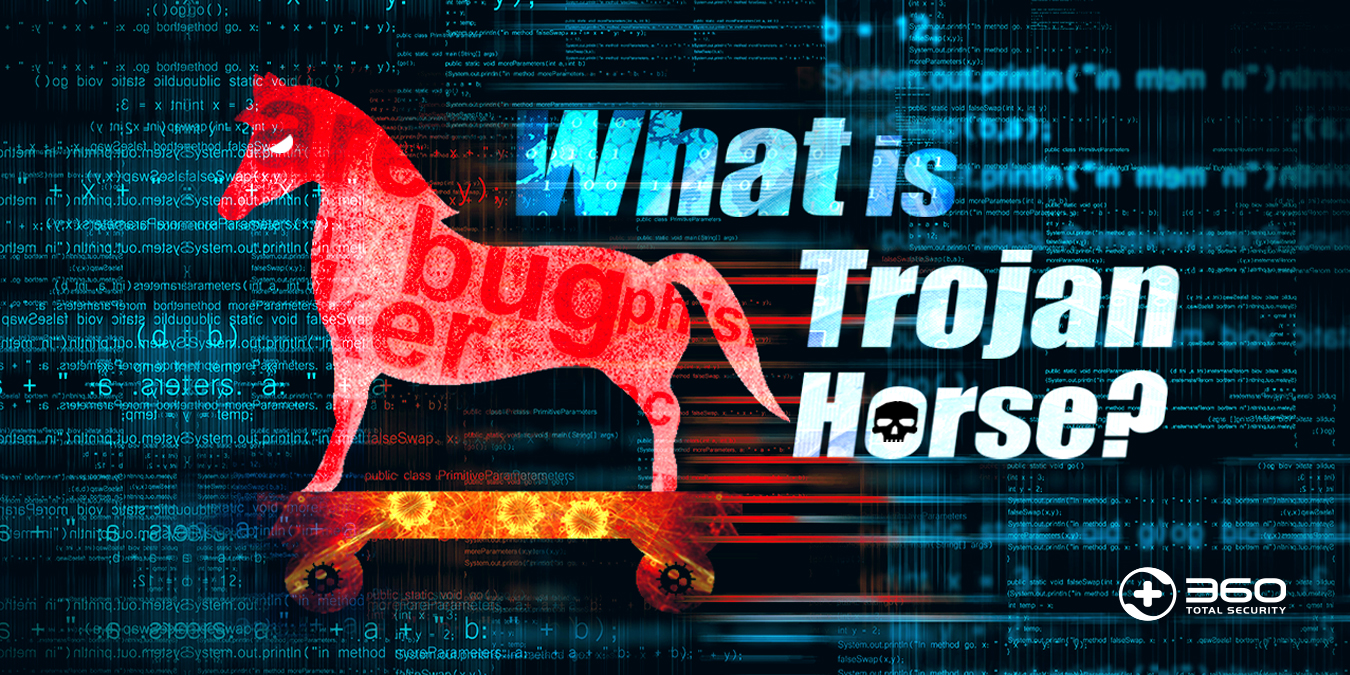If you're looking to buy or sell items online in Pakistan, free classified websites can…
Stealth computer virus: A complex virus that can hide itself
The term stealth is used to narrate the techniques and mechanisms that make any virus or malware inconspicuous. Stealthy viruses can conceal any type of changes that are made by a bug, virus, or malware in an infected system.
advertisement
Definition of stealth virus
advertisement

A stealth virus that is a hidden computer virus attacks processes, and operating system and turn away the anti-malware and anti-virus scans. Stealth adopts various mechanisms to keep away noticed by any antivirus software.
This virus takes its name from the term stealth which elaborates an approach to doing something susceptive while avoiding recognition.
advertisement
So in short, any type of virus that tends to avoid observation and notice by anti-virus software is considered to be a stealth virus. It may be any type of computer virus.
The brain is the first virus that was an example of a stealth virus, which targeted IBM computers. Brain infected the floppy storage disk and boot sector. A rootkit is also another example of a stealthy virus.
Where does a stealth virus hide in a computer?

A stealth virus is like a traitor who covers up itself in camouflage to remain undetectable. Then it can pretend to be friendly to reach its target. It hides in boot sectors, partitions, boot disks, and legitimate files. The user is unaware of its presence and it can infect the computer without alerting. Once it enters in computer and allows the malicious attacker to control the system of the targeted computer.
advertisement
What does a stealthy virus do?

It is really important to understand how stealth virus enters a computer and what way it adopts to infect PCs, laptops, and even Android. This type of virus usually injects itself into the system via malicious email attachments, web links, third-party applications, and external USB ports. The stealthy virus uses two primary tricks to avoid anti-virus software;
1. Code Alteration
advertisement
Stealth is like a metamorphic virus that can transform itself on the requirement to edit, translate and modify the code. So, to avoid the detection of stealth viruses rewrite the signature virus and code and each infected program.
2. Data Encryption
This virus provides malicious files unreadable or inaccessible to the user by using different encryption keys for different files.
How to detect stealth viruses in computers?
As this virus is designed to hide, it is very tricky to find this through the installation of an antivirus program. It attempts to access boot records, and data and also monitor the activity of a user.
Typically, when antivirus software is run by a user, a stealthy virus temporarily moves away from the malicious file.
Then it replicates itself to another drive and replaces it with a clean file. As it achieves the data and has been modified, the virus redirects it to the storage where the user notices that as original data. It can also conceal itself by showing the incorrect size of the file to a user.
How to remove and protect against the stealthy virus?

There are a few counter measurements to protect the computer against stealth viruses.
advertisement
User should:
- Install strong antivirus software that can detect a hidden copy of the virus.
- Once detected, should delete the virus including its copies.
- Do not open suspicious email links.
- Avoid visiting unfamiliar websites.
- Ensure Search hygiene and computing.
- Avoid clicking on ads.
Also, read:
How to Troubleshoot and Fix Common Computer Glitches in No Time
Internet generations? Basic Component 1G, 2G, 3G, 4G, and 5G
GoBrut Botnet: Be aware of a new password cracker virus
Google launches Carbon to be a Successor of C++
Trojan horse Malware in cyber-attack | How it harms Devices?
Cyber security tips for stay safe online from cyber-attacks
What is cyber security? Why Cyber Awareness is important?





















Kinza Rao – Associate Software Engineer